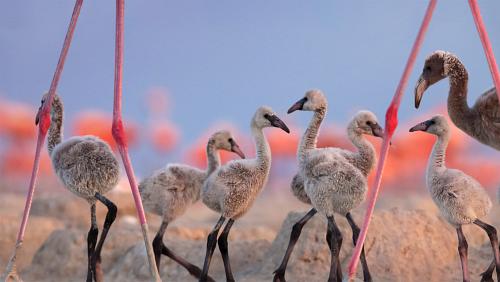Meteo research and innovation have always been crucial in understanding and predicting weather patterns, and thus have a significant impact on various industries such as agriculture, transportation, energy, and disaster management. However, there are also challenges that need to be addressed in this field. In this article, we will discuss the challenges and opportunities in meteo research and innovation.
Challenges
One of the main challenges in meteo research and innovation is the complexity of the Earth’s atmosphere. Weather patterns are influenced by a wide range of factors, such as temperature, pressure, humidity, and wind patterns. Understanding the interactions and dynamics of these factors can be extremely challenging, and it requires advanced modeling and simulation techniques.
Another challenge is the limited availability of data. While advances in technology have made it easier to collect data from various sources, there are still gaps in our understanding of certain weather phenomena. For example, there are remote regions where data collection is limited or nonexistent, making it difficult to accurately predict weather patterns in those areas.
Furthermore, the rapid changes in climate due to global warming and other environmental factors present a significant challenge for meteo research and innovation. Scientists and researchers are constantly trying to understand how climate change is affecting weather patterns and how it will impact the future.
Opportunities
Despite these challenges, there are also significant opportunities in meteo research and innovation. Advanced technologies such as satellite imaging, radar systems, and computer modeling have revolutionized the way we collect and analyze weather data. These technologies have the potential to provide more accurate and timely weather predictions, which can have a significant impact on various industries.
Additionally, there is a growing interest in the development of sustainable and renewable energy sources, and meteo research plays a crucial role in this area. Understanding wind and solar patterns is essential for optimizing the efficiency of wind turbines and solar panels, and this has led to increased investment in meteo research for renewable energy applications.
Another opportunity lies in the advancement of artificial intelligence and machine learning. These technologies have the potential to significantly improve weather forecasting models by analyzing large amounts of data and identifying complex patterns that human analysts may miss. This could lead to more accurate and reliable weather predictions.
In conclusion, meteo research and innovation face several challenges, but there are also numerous opportunities for advancement in this field. As technology continues to evolve and more data becomes available, we can expect significant improvements in our ability to understand and predict weather patterns, ultimately leading to more efficient and effective use of this knowledge in various industries. It is crucial for researchers, scientists, and policymakers to continue to invest in meteo research and innovation to fully harness the potential benefits it offers.







